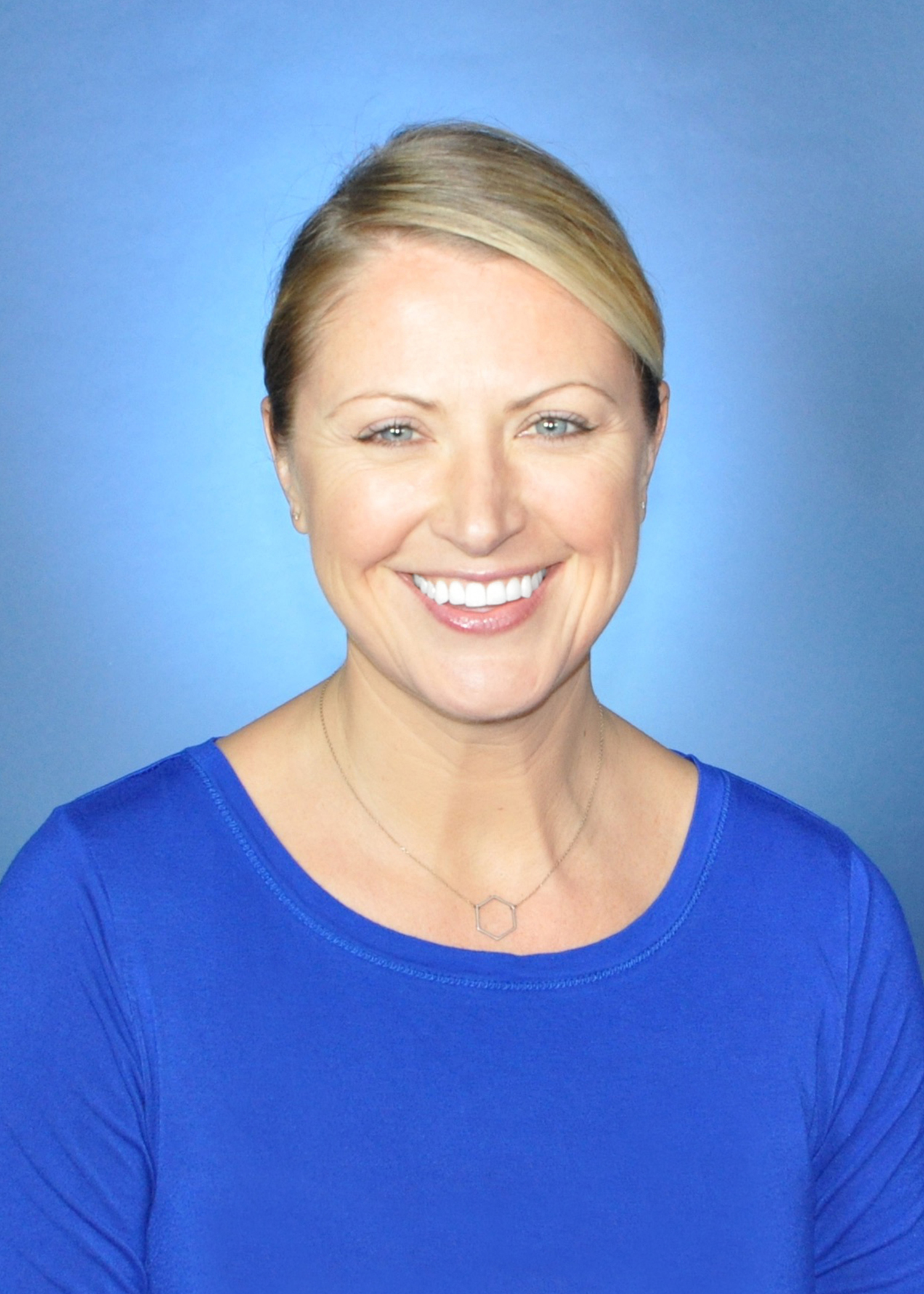
Systems Engineering Seminar
WFIRST: Establishing Interfaces, from Teams to Space Telescopes
Presented by:
Jody Davis
Deputy Lead Payload Systems Engineer on WFIRST, Code 592
Tuesday, September 10, 2019
Building 3 Auditorium

Abstract:
NASA's Wide Field Infrared Survey Telescope (WFIRST) is a Hubble-sized deep space infrared observatory with a wide field of view (100 times that of Hubble) that will survey dark energy and exoplanets in our Universe. WFIRST is in the preliminary design phase and planned for launch in 2025. The Observatory features a 2.4m primary mirror telescope, a Wide Field Instrument (WFI) with 18 HgCdTe detectors and filter elements for imaging and spectroscopy in support of dark energy and microlensing surveys, as well as a Coronagraph Instrument (CGI) technology demonstration with starlight suppression technology for direct imaging and spectroscopy of exoplanets. WFIRST will operate in deep space at the second Sun-Earth Lagrange point, 1.5 million kilometers from Earth.
WFIRST is a multi-organizational team and has many complex technical interfaces between the WFI, CGI, telescope, instrument carrier and spacecraft elements. These element interfaces are currently being developed, detailed and managed to support and enable the detailed design of the Observatory in order to meet mission requirements. Not only is technical interface development critical to mission success, but how well the project bridges organizational differences factors into the success of technical interface management. WFIRST leverages best-practices from other missions with a focus on what works, and what doesn’t. This discussion summarizes the development of the WFIRST technical interfaces and focuses on how communication between the elements and organizations plays a key role in mission success.
Biography:
Jody L. Davis is a Systems Engineer at NASA Goddard Space Flight Center. She earned a B.S. in Aerospace Engineering from Embry-Riddle Aeronautical University and an M.S. in Mechanical and Aerospace Engineering from University of Virginia. Jody has worked missions such as Cassini-Huygens, Mars Phoenix and Mars Science Laboratory, specializing in entry, descent and landing flight dynamics and trajectory simulation at NASA Langley Research Center. She served as the NASA Langley Technical Lead for the Low-Density Supersonic Decelerator (LDSD) flight test project. She also served as the James Webb Space Telescope (JWST) Optical Telescope Element & Integrated Science Instrument Module (OTIS) Responsible Engineer for the Harness Radiator at NASA Goddard, focused in systems engineering and flight hardware integration and test. She currently supports the Wide Field Infrared Survey Telescope (WFIRST) as the Deputy Payload Systems Engineer. In this role, she is responsible for aiding the development life cycle of the WFIRST Payload, including development, design, fabrication, test, verification, mission integration, launch support, and on-orbit operations. The WFIRST Payload consists of the Wide Field Instrument (WFI) and Coronagraph Instrument (CGI) technology demonstration, the optical telescope assembly and instrument carrier structure.